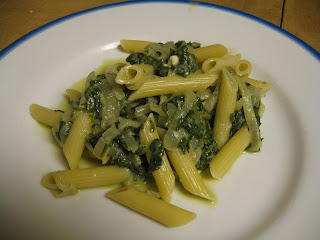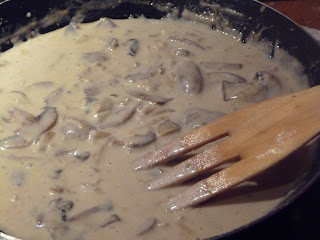I recently returned from an excellent adventure through the Balkans and down into Turkey. This trip introduced me to some new foods and local cuisines, which I will now attempt to document here.
The first stop on our journey was Belgrade, Serbia, where I first encountered the Burek. Burek is a pastry that most countries in this area seem to have a variation on. It is made of phyllo dough wrapped around cheese, vegetables, or meat. The best one I had in Belgrade was stuffed with mushrooms. Yum! Because this pastry is so delicious, cheap, and widespread, it became a recurring theme on our trek.

Burek
Also of note in Serbia, are the hunks of grilled meat I ordered at the one proper sit-down restaurant we visited. All kinds of meat, spiced and grilled to perfection. Apparently, the Serbians enjoy some interesting animals parts (sexual organs, anyone?). I braved it by ordering the mixed grill and tasting everything. Conveniently, nothing is labeled or explained to you, so it all tasted good in my sweet state of ignorance regarding exactly what part of which animal I was savoring.
Our next stop was Bucharest, Romania. This city is a bizarre little recreation of Paris, where I got to use my Italian skills to communicate. Sadly, I didn't eat much of note here, just street pastries and pizza slices. And so, onwards...
We moved on to Bulgaria, where we drove around visiting several cities, small villages and mountains/hills to hike through. The first exciting treat in Bulgaria was the Banitsa, their version of the Burek. We were well familiar with the Banitsa from the good old days on East Market with chef Maya. We ate banitsa pretty much every day in Bulgaria, flaky phyllo dough filled with a salty, white brine cheese. I can't wait until I have a real oven and can attempt to make my own.
Another obsession that developed in Bulgaria is the kebabche. These are oblong meatballs seasoned with salt, pepper, and cumin and then eaten on rolls with chutney or kraut like a hot dog. Best road side snack ever!

Jeremy and Jess enjoy a kebabche for breakfast.
In Bulgaria I also had the traditional Shopska salad (tomato, cucumber, onion, pickled pepper, and sheep's milk cheese), Gyuvetch (a baked stew), several fermented dairy products and beverages, and even TRIPE (it tasted somewhat like really fatty bacon, but the texture was a bit unsettling).
The final, and perhaps most exciting stop on our trail was Istanbul, Turkey. Here, the burek came back in a big way, but now it is called Börek, and, apparently, Turkey is the home of this delectable treat. We found the best bakery in town, called Hafiz Mustafa, and gorged ourselves on the feta and the spinach börek.

Fruit market in Istanbul
We stuck to street meals in this city, as it was quite expensive (compared to the other countries we've been eating in), but we still ate like kings. The döner kebap is a staple in this city, pitas filled with sliced lamb, vegetables, french fries, and yogurt or tomato sauce. Being right on the Sea of Marmara, Istanbul has good seafood, so I had to try the ubiquitous fish sandwich, grilled fish fillet served on a hunk of bread with tomato, onion, and herbs. This was the best (only?) seafood I have had in a LONG time.
When wandering around a new city all day long, several periods of rest are necessary, and the many patisseries and outdoor cafes provide the perfect sanctuary from the touring madness. It is in these places that I had the opportunity to munch on baklava and Turkish delight, to sip endless cups of tea and Turkish coffee, and to smoke the mellow nargila (hookah).

Baklava in Istanbul
Perhaps the highlight of my travels was the Spice Bazaar in Istanbul. Here, impossibly friendly Turkish men express their adoration for Barack Obama while luring you into their stalls lined wall to wall with a kaleidoscope of fragrant spices and teas. Here I was compelled to buy a huge sack of pomegranate tea as well as both hot and sweet spice blends so that I can make my own köfte (turkish spiced meatballs).

Spice Bazaar
I ate so well on this trip that coming back to Budapest was a bit of a let down. I don't think I'll enjoy a gyros here the same way ever again. And while pogacsa will get me through the day, I am so excited to try to recreate some the the awesome new foods I found on this expedition.
Til next time.














































